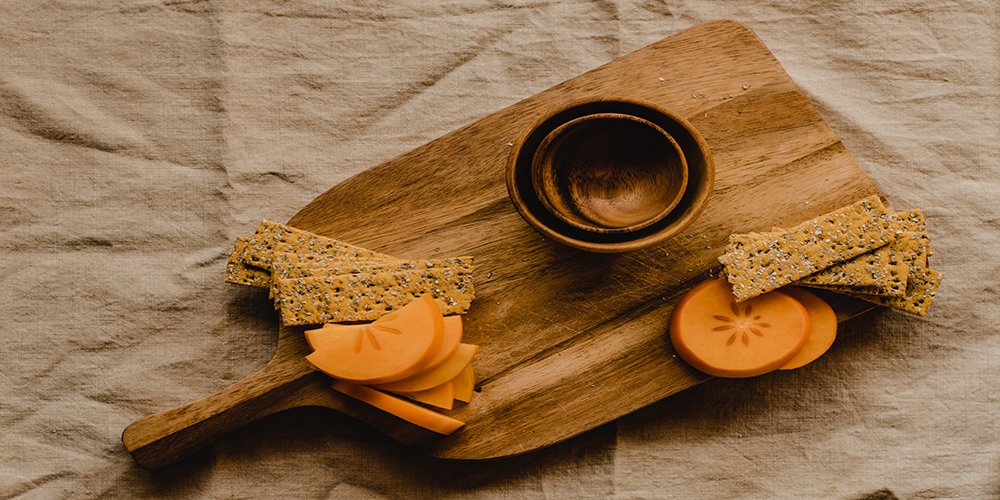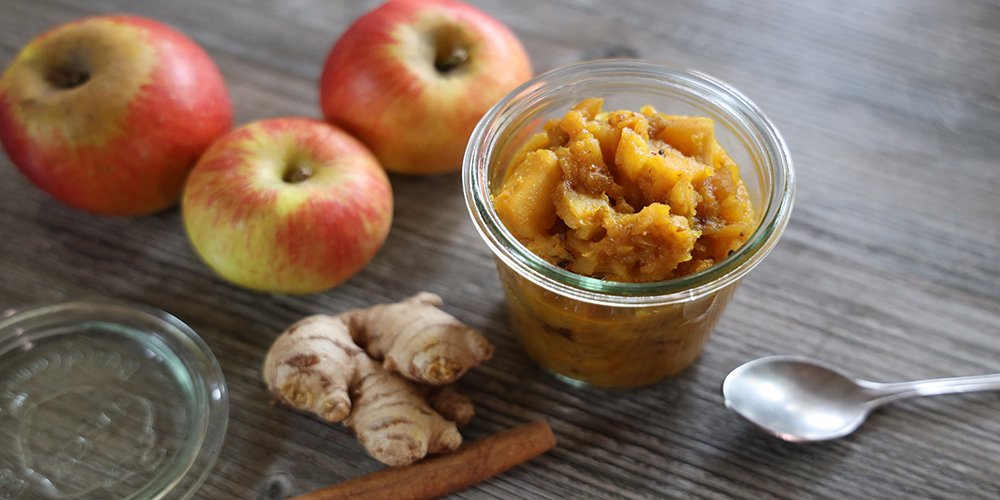Follow an Ayurvedic Diet in Autumn to Make You Feel Better
In autumn and winter our bodies are often more susceptible to disease and weakness, so it is the perfect time to test what a diet guided by ayurvedic principles can do for your wellbeing. In India It is believed that all problems start in the digestive system, which is why a great emphasis on what to eat – which is reflected in Ayurveda. But what exactly is an ayurvedic diet? Can you follow one too? Here are some general tips and more specifics to get you started on an Ayurvedic diet in autumn.
Let’s Start with the Basics!
The traditional Indian medical system, Ayurveda, rests on four pillars. The first is food (ahara), the second is daily routine (dinacharya), the third is lifestyle (vihara), and the fourth is therapy (ausadhi).
And because all problems are traced back to the digestive system, there is a particular emphasis on food and nutrition. Ayurveda encourages a conscious lifestyle, the essence of which is for everyone to take in food that suits their dosha. There are three doshas, or unique biological energy combinations: vata, pitta, and kapha. In order for Ayurvedic nutrition to be successful during autumn and all other times of the year, it is important to be aware of which dosha you belong to. To find out, we can do an online test or consult our yogis, for example.
With the digestive system’s central part in Ayurveda, it is essential to think carefully about what and how we bring food into our body. This means that an Ayurvedic diet in autumn also requires some planning – at least till you get used to it and it becomes a routing. Throughout, it is important to keep in mind that different foods affect different doshas in different ways. Therefore, once you have figured out which dosha you belong to, you can now move on to the tips that apply to your specific dosha.
Dosha Specific Diets
Since each dosha needs a different kind of nutrition before we turn to the topic of Ayurvedic nutrition in the fall, we will first lay down some basics in this regard.
For vata, a favorable diet includes hot, heavy, oily, sweet, sour and salty foods, while avoiding cold, light, dry, spicy, bitter and astringent foods. This is because this type of diet reassures them and helps them digest. Hydration is especially important for them.
For pitta, cool, dry, heavy, sweet, bitter and astringent foods are favorable, while salty, sour, spicy, oily, heavy and hot foods are unfavorable. It is advisable to follow a cooling diet and avoid foods prepared by the frying process.
Kapha is worth consuming hot, light, dry, astringent, bitter and spicy foods, while it is better to avoid sweet, salty, sour and oily foods as they are mostly balanced by a dry effect diet. It is this form of nutrition that makes you airy while tolerating fasting well.
Here you can find more about dosha specific diets.

An Ayurvedic Diet in Autumn
Now that we’ve laid the groundwork for the doshas, here are some tips to get a whole new perspective on your life this autumn – thanks to Ayurvedic nutrition. This is not a simple form of diet, but rather a lifestyle change. And a healthier diet is especially beneficial during this time of the year. As we spend more time at home again, we may tend to take in more calories and toxins, without exercising.
Tips and Advice
The first, and one of the most important pieces of advice is to consciously pay attention and to be present when you eat. Include three main meals – which, if properly distributed throughout the day, won’t require a snack either. Take 3-6 hours between these, but try to keep the main meal between 12 and 1 p.m., and this should be the most nutritious meal of the day. Done correctly, you should not feel to need to have any snacks.
In autumn, it is still easy to avoid chemicals, preservatives and processed foods. Instead, look for fresh, good quality produce that you can get at producer markets. Don’t overcook them and use spices that aid digestion. Of these, ginger, cinnamon, fennel, turmeric and black pepper can be used specifically for many of the best autumn dishes.
Additionally, according to Ayurveda it is especially good for your body to cook with ghee – that is, purified butter – because it not only does it support your digestion, but it also nourishes your body.
If at first you are still hungry between main meals, opt for fresh seasonal fruits: apples, pears, plums and more. Also, be careful not to always eat till you are full, just fill your stomach up to three-quarters. Do not drink too much fluid during meals and and instead opt for lukewarm or warm water. Especially hot water is an important part of Ayurvedic detoxification processes, sip it several times during the day!
Get Started!
According to the ancient teachings, an Ayurvedic diet in autumn can be a great tool to prevent diseases and to boost the immune system. However, since adhering to an Ayurvedic diet can be quite an extreme lifestyle change, make the change gradually. Be patient with yourself, with your body.
Don’t expect things to work overnight, because then you could give up too soon – even before you can feel the beneficial effects. So just be patient, and watch for positive changes in your body. Your state of mind, peace of mind and energy levels will also be different, not to mention your digestion.
For more news and posts about yoga, a healthy, conscious lifestyle and related news about Budapest follow YogaYogi on Facebook.
 English
English magyar
magyar